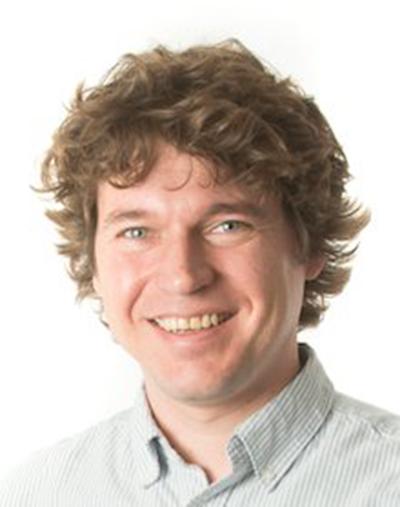Astronomy Colloquium Series
Dr. Mark Gieles - Head of Astrophysics Group, Royal Society University Research Fellow, Department of Physics, University of Surrey
A new model for the origin of multiple stellar populations in globular clusters.
All old globular clusters (GCs) display spreads in light element abundances (CNONaMgAl) and the most massive GCs possess multiple main sequences. The consensus is that stars in GCs are “polluted” by the products of hot-hydrogen burning. Several polluters that reach high temperatures have been put forward, such as AGB stars and fast-rotating massive stars. However, all enrichments scenarios rely on stellar populations forming from the yields of a first stellar generation, and all these models struggle to produce sufficient material to pollute 50-80% of the stars. This is referred to as the mass-budget problem. In this talk I present a new scenario in which a super-massive star (SMS, >10^3 Msun) forms during the formation of the GC and pollutes the intra-cluster medium with its strong wind. The self-enrichment happens with a single starburst and happens in a few Myr. Because of continuous rejuvenation of the SMS by stellar collisions, this new scenario overcomes the mass-budget problem. I will discuss the various uncertainties and future tests with observations of high-redshift star forming regions.
All old globular clusters (GCs) display spreads in light element abundances (CNONaMgAl) and the most massive GCs possess multiple main sequences. The consensus is that stars in GCs are “polluted” by the products of hot-hydrogen burning. Several polluters that reach high temperatures have been put forward, such as AGB stars and fast-rotating massive stars. However, all enrichments scenarios rely on stellar populations forming from the yields of a first stellar generation, and all these models struggle to produce sufficient material to pollute 50-80% of the stars. This is referred to as the mass-budget problem. In this talk I present a new scenario in which a super-massive star (SMS, >10^3 Msun) forms during the formation of the GC and pollutes the intra-cluster medium with its strong wind. The self-enrichment happens with a single starburst and happens in a few Myr. Because of continuous rejuvenation of the SMS by stellar collisions, this new scenario overcomes the mass-budget problem. I will discuss the various uncertainties and future tests with observations of high-redshift star forming regions.
| Building: | West Hall |
|---|---|
| Website: | |
| Event Type: | Lecture / Discussion |
| Tags: | Astronomy, Climate and Space Sciences and Engineering, Physics, Science |
| Source: | Happening @ Michigan from Department of Astronomy, Department of Physics, Michigan Institute for Research in Astrophysics |


